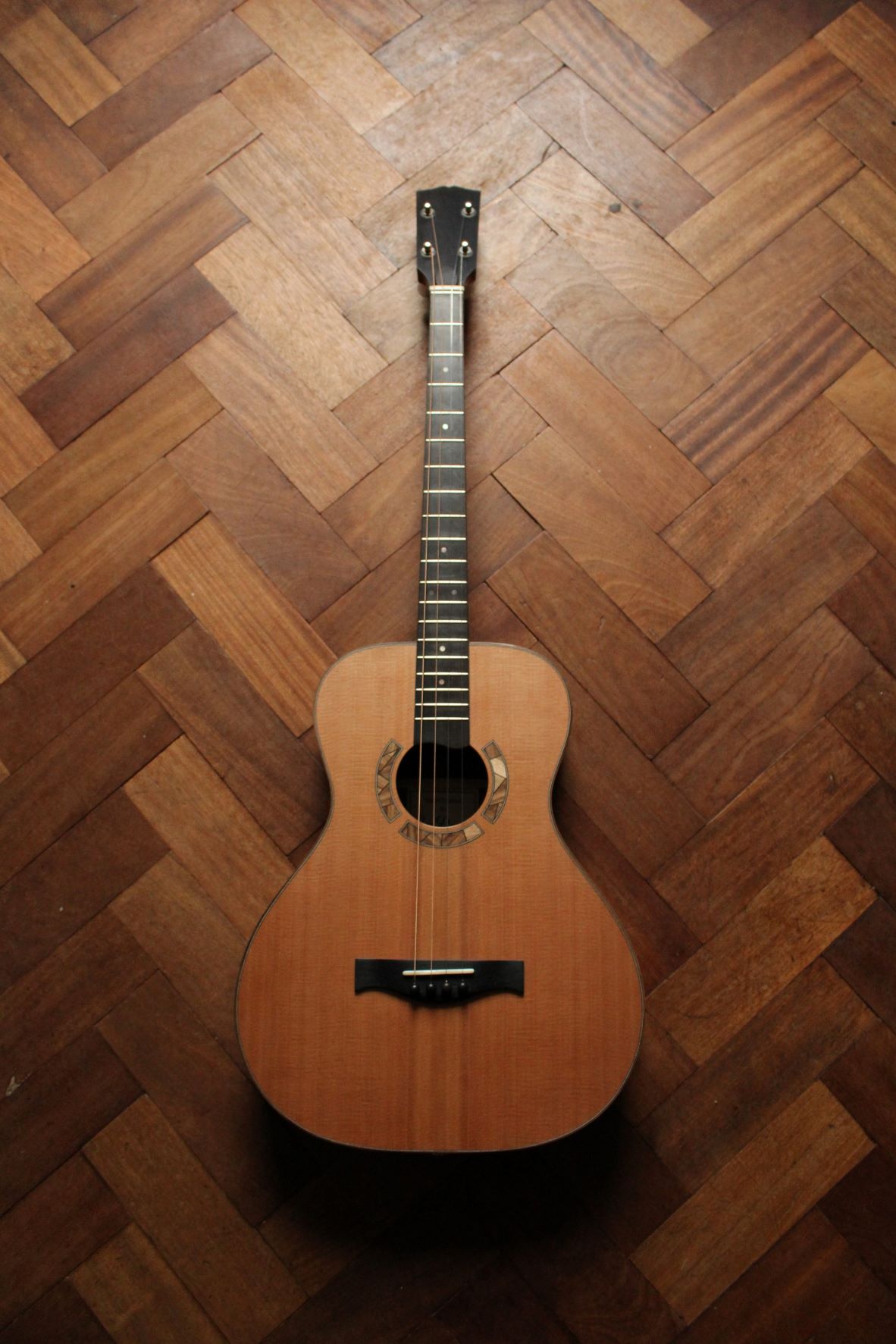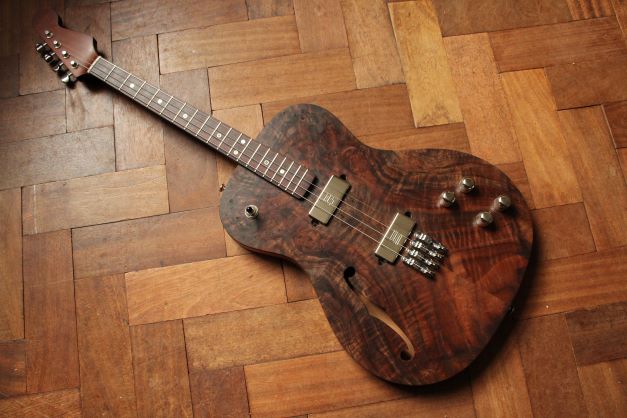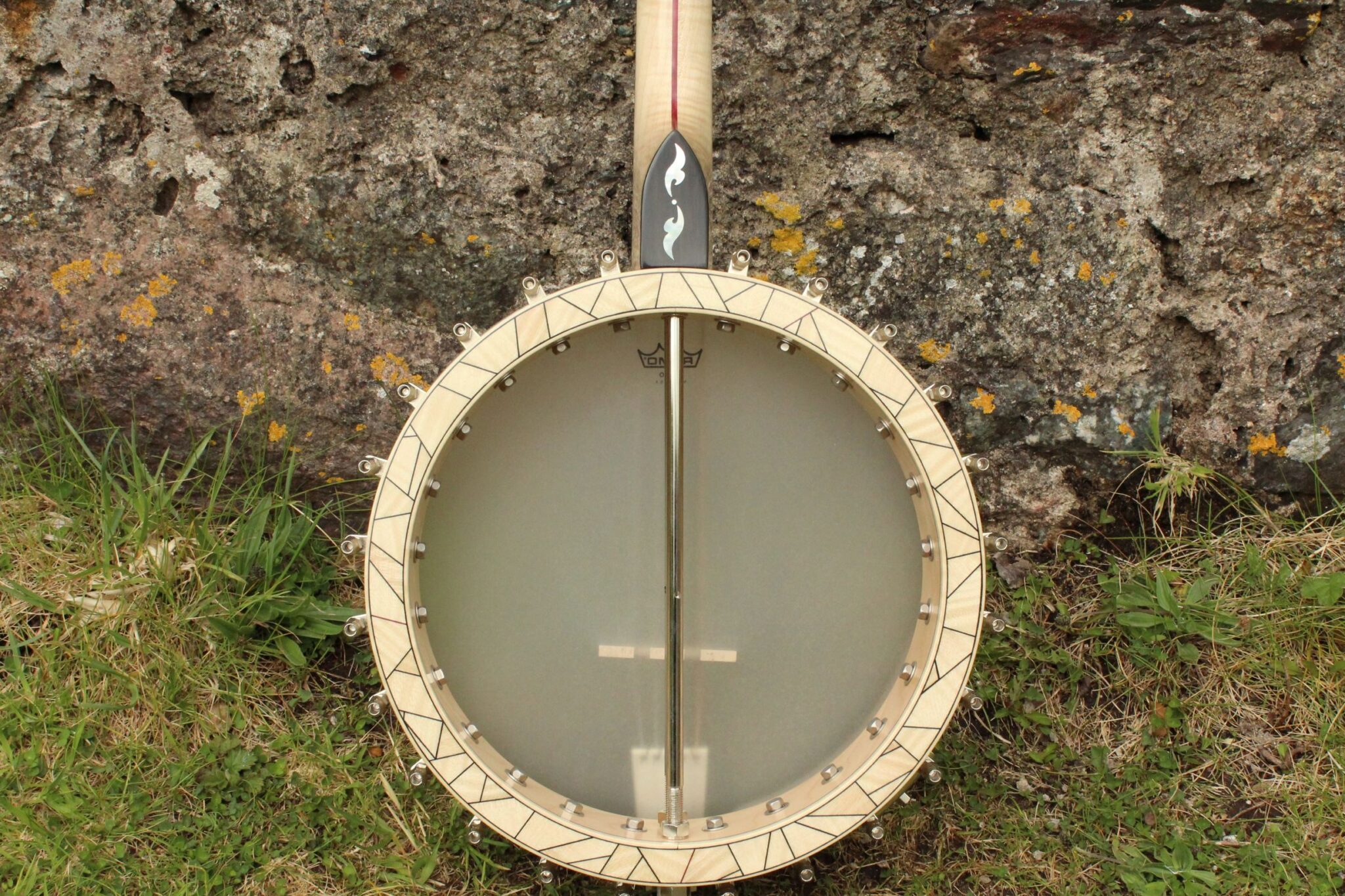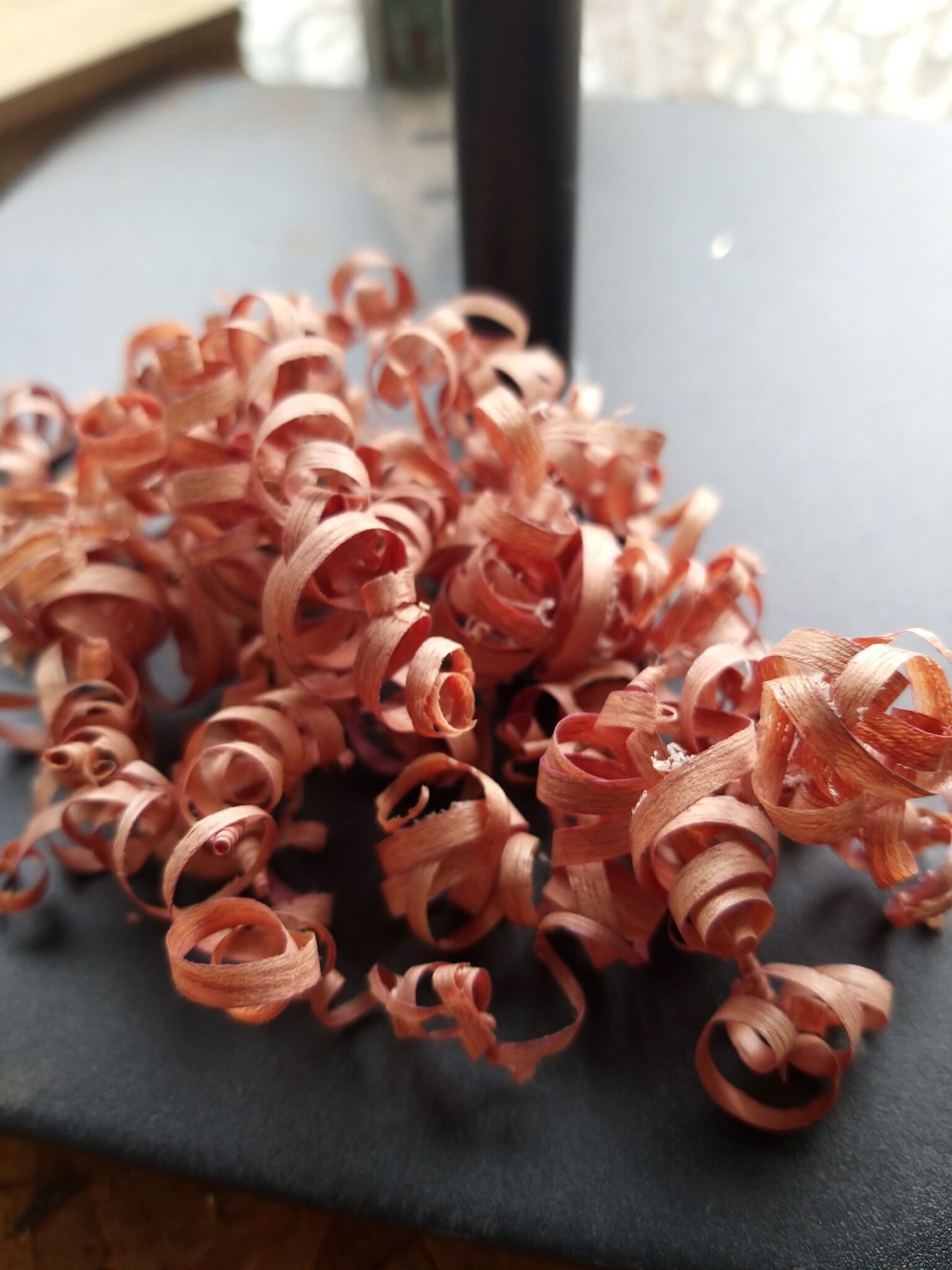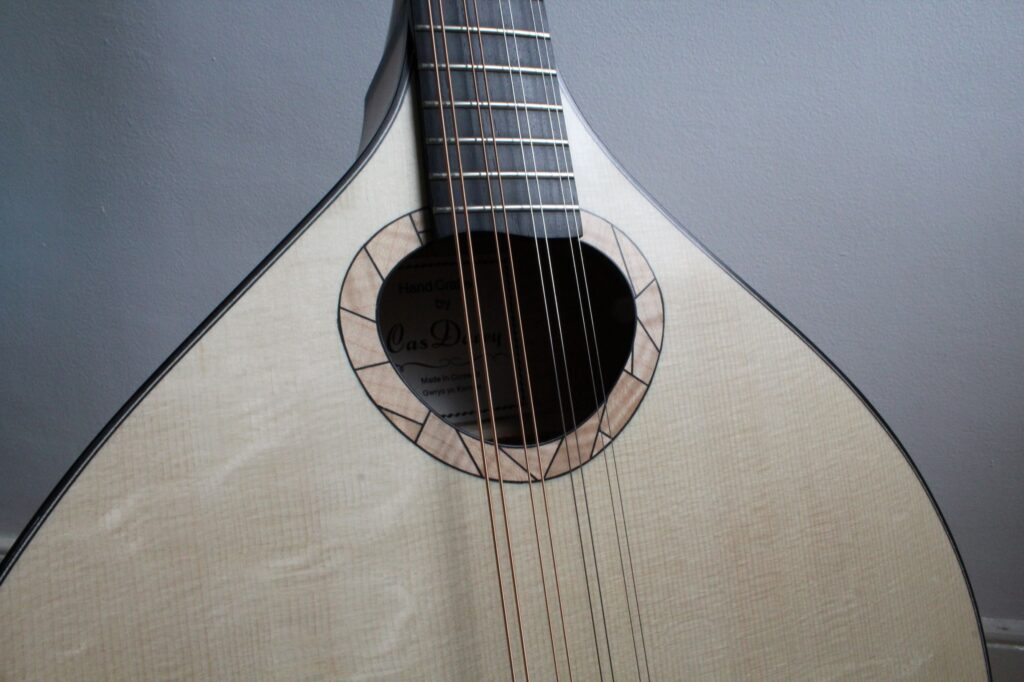

This Irish bouzouki was one of my favorite kind of builds. Made for George up in beautiful Scotland to match his cocobolo mandolin. Its always a privilege to work with quite such beautiful wood. Cocobolo is up there with some of the finest tonewoods, it has a tap tone which needs to be heard to be believed. Pared with a AAA set of Moon spruce from Switzerland this is a loud punchy instrument.
Moon wood itself is fascinating for anyone like me who enjoys nerdy topics. Its felled in the winter at very specific parts of the lunar cycle. There has been a great study by Prof. Dr. Ernst Zürcher on the topic for anyone who fancies a read.

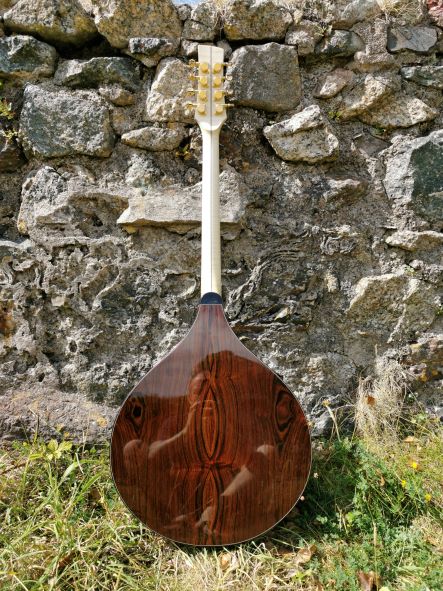
I'm not usually a fan of high gloss finishes. For most applications I find them a little over the top. However for some timbers like the Cocobolo on this Irish bouzouki, it would be rude not to. It really does bring out the grain and the wonderful depth of colour.
Thought i'd leave this picture in to prove i'm handier with the hand tools then I dare say I ever will be with a camera!
